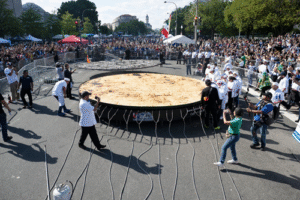A group of master artisans is breathing new life into one of China’s rarest and most intricate textile traditions: double-sided silk embroidery, created using the centuries-old kesi weaving method. Their remarkable artworks, which reveal different images on each side, are captivating global attention for their precision, elegance, and cultural significance.
Kesi — a technique dating back to the Song Dynasty — is considered one of the most complex forms of silk weaving in the world. Each thread is woven independently, allowing artists to craft patterns so detailed that they resemble hand-painted masterpieces. Unlike ordinary embroidery, double-sided kesi pieces show no knots, loose threads, or shadows, making them reversible works of art.
Only a handful of artisans today have mastered this demanding craft. Creating a single piece can take months, sometimes years, as weavers meticulously align silk threads thinner than a strand of hair. The result is artwork that appears to be painted with silk—changing its imagery and emotional expression depending on the side viewed.
Cultural experts say this revival is crucial at a time when traditional crafts worldwide are disappearing. Workshops in Suzhou and Hangzhou are now training young apprentices to ensure the survival of this delicate art form.
Local museums and international galleries have begun showcasing these double-sided silk masterpieces, drawing art lovers, collectors, and historians eager to witness a craft that blends innovation with ancient beauty.
Kesi embroidery stands as a symbol of China’s devotion to fine craftsmanship and artistic storytelling. Through their dedication, these modern artisans are not only honoring their ancestors but also giving the world a fresh appreciation for the depth of Chinese heritage.







